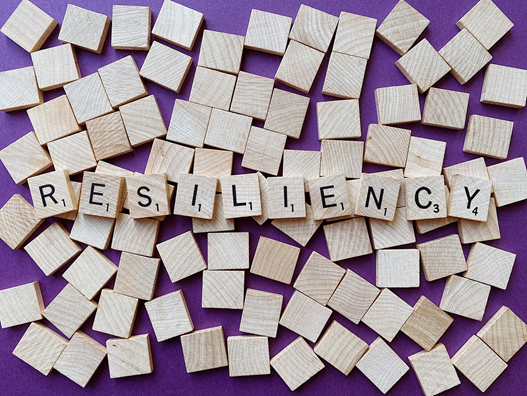5.5: Resilience
- Page ID
- 139792
Concept of Resilience
Resilience is the ability to properly adapt to adversity despite the conditions. It is dynamic and plays a large role in a toxic stress response. Not all individuals who experience repeated childhood adversity experience poor health, and resilience may provide a buffer. Resilience factors are numerous and change over time in an individual. Children with resilience have been identified as having the following characteristics: higher IQ, easy temperament, a perception of self-competence, a positive self concept, a realistic sense of control of the situation, empathy, and social problem solving skills (Cadamuro et al., 2021; Cowen, Wyman & Work, 1996; Miller-Lewis et al., 2013; Zolkoski & Bullock, 2012). Factors that predict resilience in children experiencing adversity include a solid relationship between the child and parent as well as a high quality relationship between the child and teacher (Miller-Lewis et al., 2013). Additional resilience factors identified include adequate social support, parental marriage quality, parental physical and mental health, and the parent’s sense of efficacy. Focus on early childhood interventions to strengthen resilience factors may help to minimize a toxic stress response (Garner, 2013). [1]

Childcare attendance can be a protective factor against early ACEs. For infants and toddlers who experience adverse experiences, being cared for by their parents is associated with lower cognitive abilities, but attending childcare during the first three years was associated with higher cognitive abilities (Larose et al., 2020). To promote resilience in all infants and toddlers, and especially those who have experienced ACEs, caregivers can:
- Create secure attachments that provide children with a sense of dependency and safety. Children with a stronger connection to their caregiver are more likely to have greater self-regulation skills一a key component of resilience (Bethell et al., 2022).
- Implement program policies purported by the Program for Infant and Toddler Care (PITC) such as primary care, individualized care and continuity of care.
- Respond to infants’ and toddlers' social and emotional needs in a respectful and sensitive way.
- Help infants and toddlers to learn how to regulate their own emotions in a positive and secure way. Research has revealed that when caregivers help children to regulate their own emotions, it promotes resilience in the children (Humphreys, King, Guyon-Harris & Zeanah, 2021).
- Label emotions and openly discuss them with children.
- Provide safe opportunities for children to take risks such as engaging with new people and physical challenges with climbing equipment.
[1] Franke (2014). Toxic stress: Effects, prevention and treatment. Children, 1(3), 390-402. CC by 4.0
[2] Image by Wokandapix on Pixabay.

